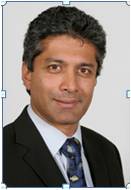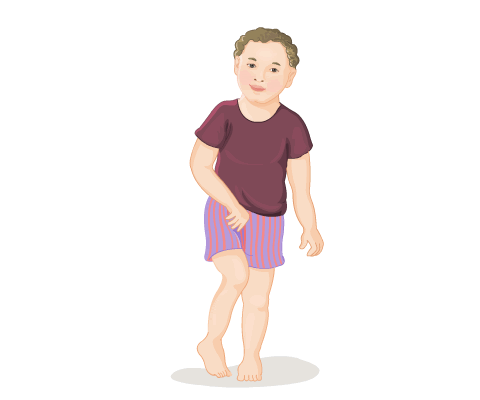Introduction to Development Part 2: Assessment and Referral course


This session will outline the developmental assessment of children up to the age of five.
Learning objectives
- By the end of this session you will be able to:
- Provide a first line child developmental assessment, using the personal child health record (‘red book’) as part of the community health partnerships programme
- Describe different types of standardised assessment tools
- List the pitfalls in interpreting information on development
- Identify who to ask and when to refer
This session will provide examples of developmental concerns, important findings that should prompt further analysis, highlight some of the difficulties encountered in the developmental workup, and look at onward referral.
Before commencing this session you should complete the following HCP sessions:
- 01_01 Introduction to the Healthy Child Programme (402-0001)
- 02_03 Using the Personal Child Health Record (PCHR) (402-0005)
- 03_01 Families in the UK (402-0006)
- 03_03 Hard to Reach and Seldom-heard Families (402-0009)
- 06_01 Introduction to Development Part 1: Description and Influences (402-0022)
- 11_01 Overview and Principles of Screening (402-0070)
You should also have an understanding of how to approach developmental history taking and paediatric examination.
Dr Dilip Nathan currently works as a Consultant Paediatrician at Nottingham University Hospitals Trust where he jointly leads a team of Community Paediatricians. He is Designated Paediatrician for Unexpected Infant Deaths for Nottingham and Undergraduate Coordinator of Community Paediatrics at the University of Nottingham Medical School where he regularly lectures.
Dr Nathan’s current responsibilities involve directing the Child Health Surveillance programme for GP trainees across Nottingham and lecturing on the Advanced Paediatric Skills course (Nottingham Walk-in Centre).


Dr Nadya James is a Higher Specialist Paediatric Trainee in the East Midlands Deanery. Based in Nottingham: she works at the Child Development Centre, Queens Medical Centre, and in the community. Her interests include medical education, and she is involved in the training of undergraduates, junior doctors, and allied professionals.
- Anaesthesia Fundamentals | Anatomy | Mediastinum a...
- Posted By eIntegrity Healthcare e-Learning
- Posted Date: 2025-02-22
- Location:Online
- This session describes the contents, relations and anatomical divisions of the mediastinum.
- Anaesthesia Fundamentals | Anatomy | Microstructur...
- Posted By eIntegrity Healthcare e-Learning
- Posted Date: 2025-02-22
- Location:Online
- This session will cover the structure of the lungs and pleura at a cellular level. In particular there will be an emphasis on the structure and function relationships which allow gas exchange to occur.
- Anaesthesia Fundamentals | Anatomy | Trachea, Main...
- Posted By eIntegrity Healthcare e-Learning
- Posted Date: 2025-02-22
- Location:Online
- This session describes the structure, relations, blood and nerve supply of the trachea, carina, main bronchi and major bronchopulmonary segments.
- Anaesthesia Fundamentals | Anatomy | Anatomy of th...
- Posted By eIntegrity Healthcare e-Learning
- Posted Date: 2025-02-22
- Location:Online
- This session describes the anatomy of the oral cavity, pharynx and larynx. The nerve supply to the larynx and the implications of damage to these nerves is also described.
- Anaesthesia Fundamentals | Anatomy | Nasal Anatomy...
- Posted By eIntegrity Healthcare e-Learning
- Posted Date: 2025-02-22
- Location:Online
- This session focuses on the anatomy of the nose. It will also explore complications of nasal instrumentation, the functions of the nose, and its vascular and nerve supply.








